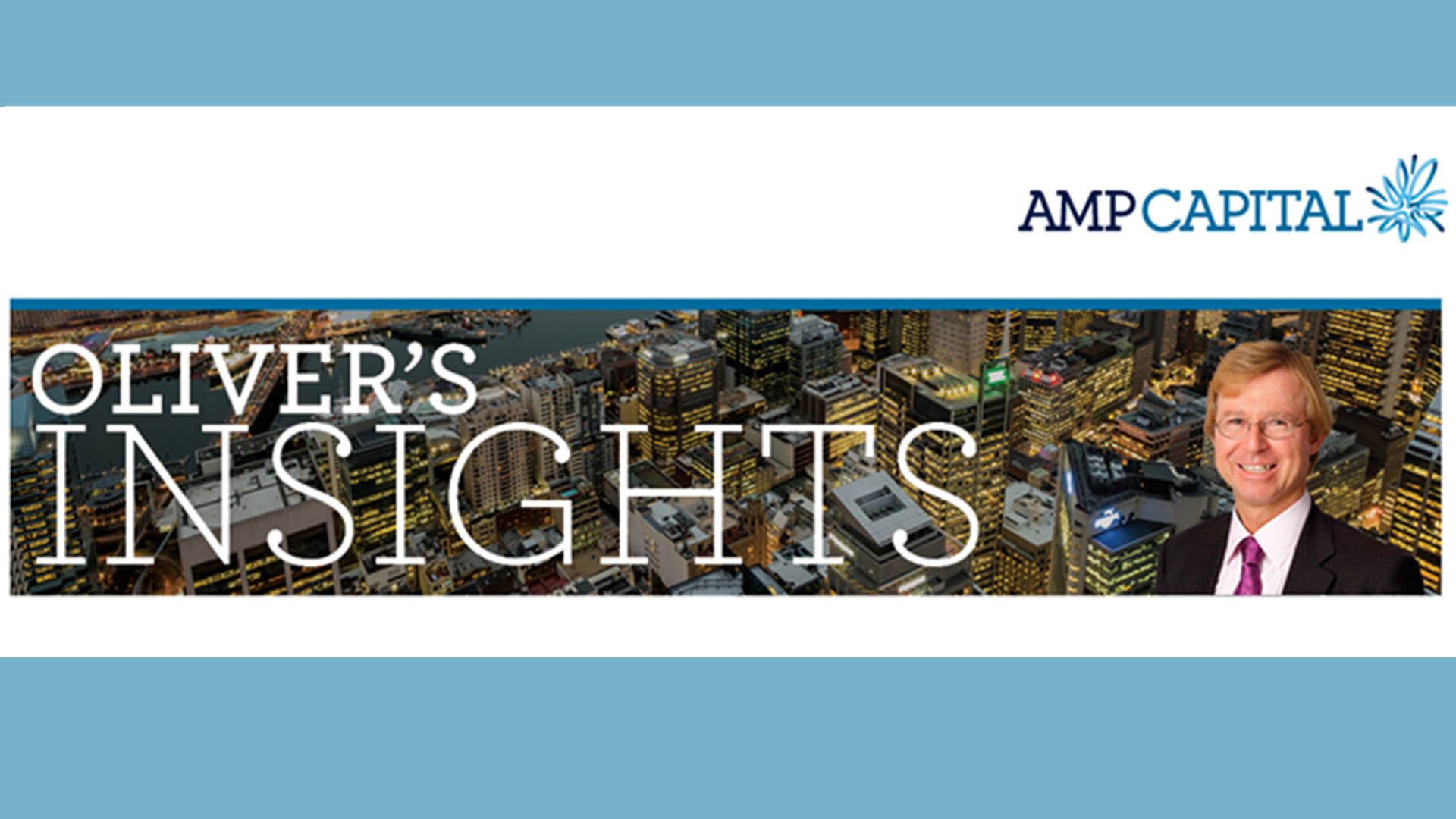Markets now turn their attention to tonight’s first session of testimony by US Federal Reserve chair Jay Powell before the US Congress for his reaction to the stronger than expected rise in consumer price inflation in June.
Powell’s testimony on Wednesday and Thursday is part of his twice year briefing for the US Congress and so far as markets are concerned, it will be very timely in the wake of the June bounce in inflation.
Traders, investors, analysts and others will want to hear his comments about rising price pressures and monetary support going forward – especially any mention of the Fed cutting its bond buying activities.
Tuesday saw confirmation that US consumer inflation is still rising – although some analysts were claiming that this is the peak and was again influenced by soaring prices for used cars and trucks (utes).
The headline CPI rose 5.4% in June from the same month last year, the highest rate in 13 years.
The Bureau of Labor Statistics data showed the rate was much stronger than forecast and followed the 5% rise in May that worried markets.
On a monthly basis, price rose 0.9% – well above the 0.6 per cent recorded in May.
But the surge in the CPI saw real wages fall in June, which will go some way to easing fears in markets of a wages breakout.
The Bureau of Labour Statistics said as a result of the surge in the CPI, real average hourly earnings fell 0.5% for the month, as a 0.3% increase in average hourly earnings was more than negated by the CPI increase of 0.9%.
The news saw bond yields bounce back with the 10 year yield rising above 1.40% to just over 1.41%. But this wasn’t the full story in the bond market.
The 10-year treasury bond yield fell to 1.343% after the CPI data was released but then bounced when a weak Treasury auction sparked a 4.7-basis-point jump in the benchmark to the closing 1.41% level.
Food and energy prices also were up substantially, 0.8% and 1.5% respectively in the month. The petrol cost index rose 2.5% in June and is up 45.1% over the past 12 months. Food rose a more sedate 2.4% in the past year – the dry conditions and poor growing seasons have boosted cereal prices.
Stripping out volatile food and energy prices, the core CPI rose 4.5%, the biggest rise since September 1991 and well above the estimate of 3.8%.
But as in preceding months, much of the increase in prices was for goods, such as used cars, is mostly tied to a surge in demand and lack of supply.
In fact a third of the rise was due to the surge in prices of used cars and trucks (utes) as prospective new car buyers were forced to turn to used vehicles because of a shortage of new vehicles due to the continuing short supply of computer chips.
That shortage is still impacting production levels for Ford, GM and a host of major Japanese and German brands made in America or imported. Some estimates say the chip supply problem could see Us new car sales cut by 1 to 1.5 million units by the end of 2021.
That means that unmet demand has spilled over into the used car market, boosting prices and the US Consumer price Inflation rate.
Used car prices rose 10.2% in June alone to be 45% higher than a year ago.
An added factor behind the rise is that car rental companies are buying second hand vehicles because they cannot get enough new vehicles to replenish their fleets.
But prices for many items, like lumber and other raw materials are easing – lumber (timber) futures fell to $US712.90 a thousand broad feet after touching $US1,700 in April.
Tuesday’s level was under the start of the year price and continues to slide in futures prices as supply and demand adjust to lower numbers of new housing starts.
And then there is the base affect as this year’s price rises are magnified by the weak CPI levels a year ago because of the impact of the pandemic and lockdowns.
“We expected a pop in inflation like this,” Mary C. Daly, the president of the Federal Reserve Bank of San Francisco, told CNBC in an interview on Tuesday.
“Demand came back faster than supply, and there are these temporary bottlenecks. Right now, it’s really — remain steady in the boat, don’t read too much signal into any month of data.”
Prices for dinners out, hotel rooms and washing machines are soaring as consumers spend down savings they accumulated over the course of the pandemic and suppliers struggle to keep pace with such strong demand for goods and services.
Chairman Powell has continually voiced the opinion that the rises in inflation are “transitory” (and the surge in used car prices certainly looks that).
Markets want to know if that is still his and the Fed’s belief after the higher-than-expected June CPI.








